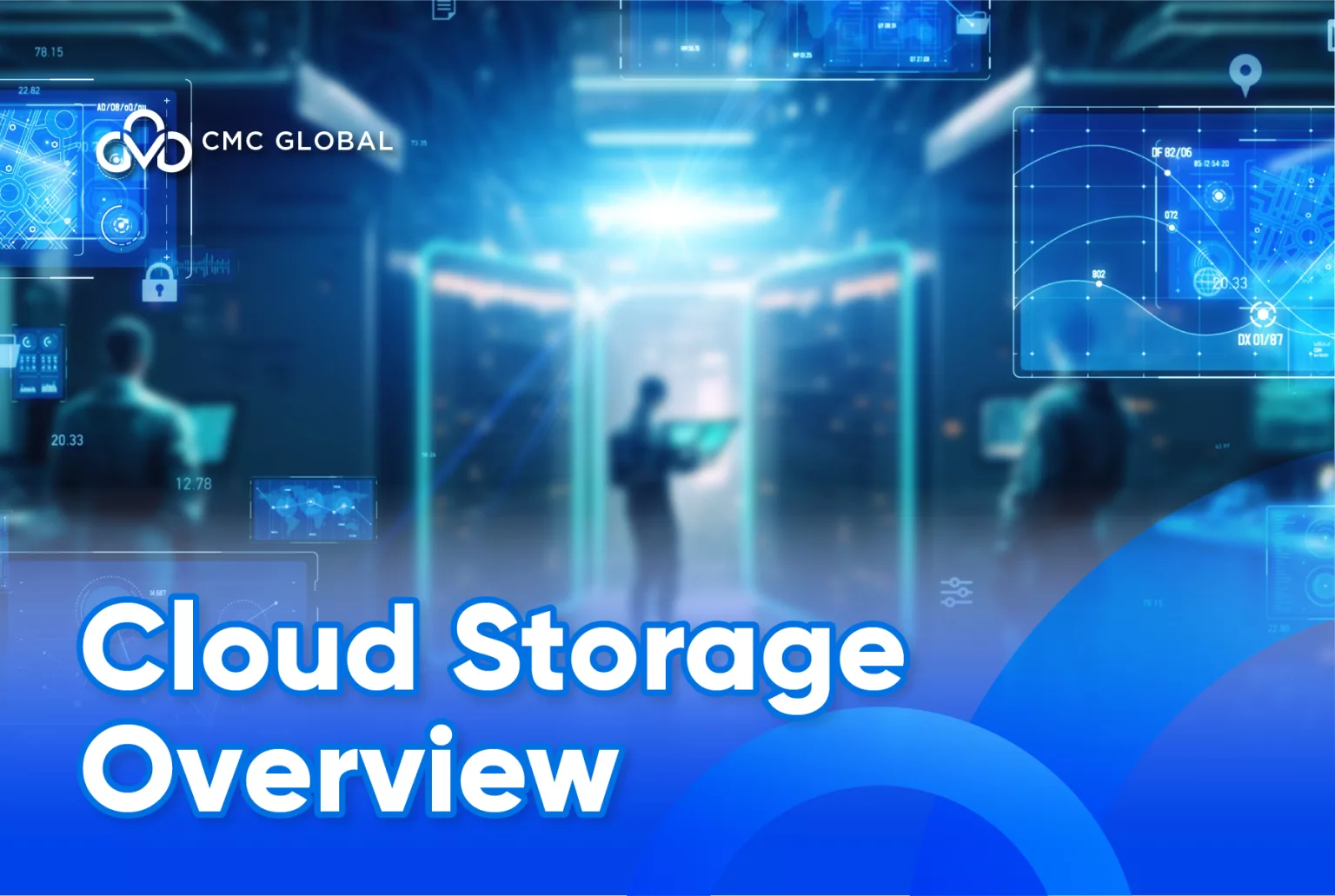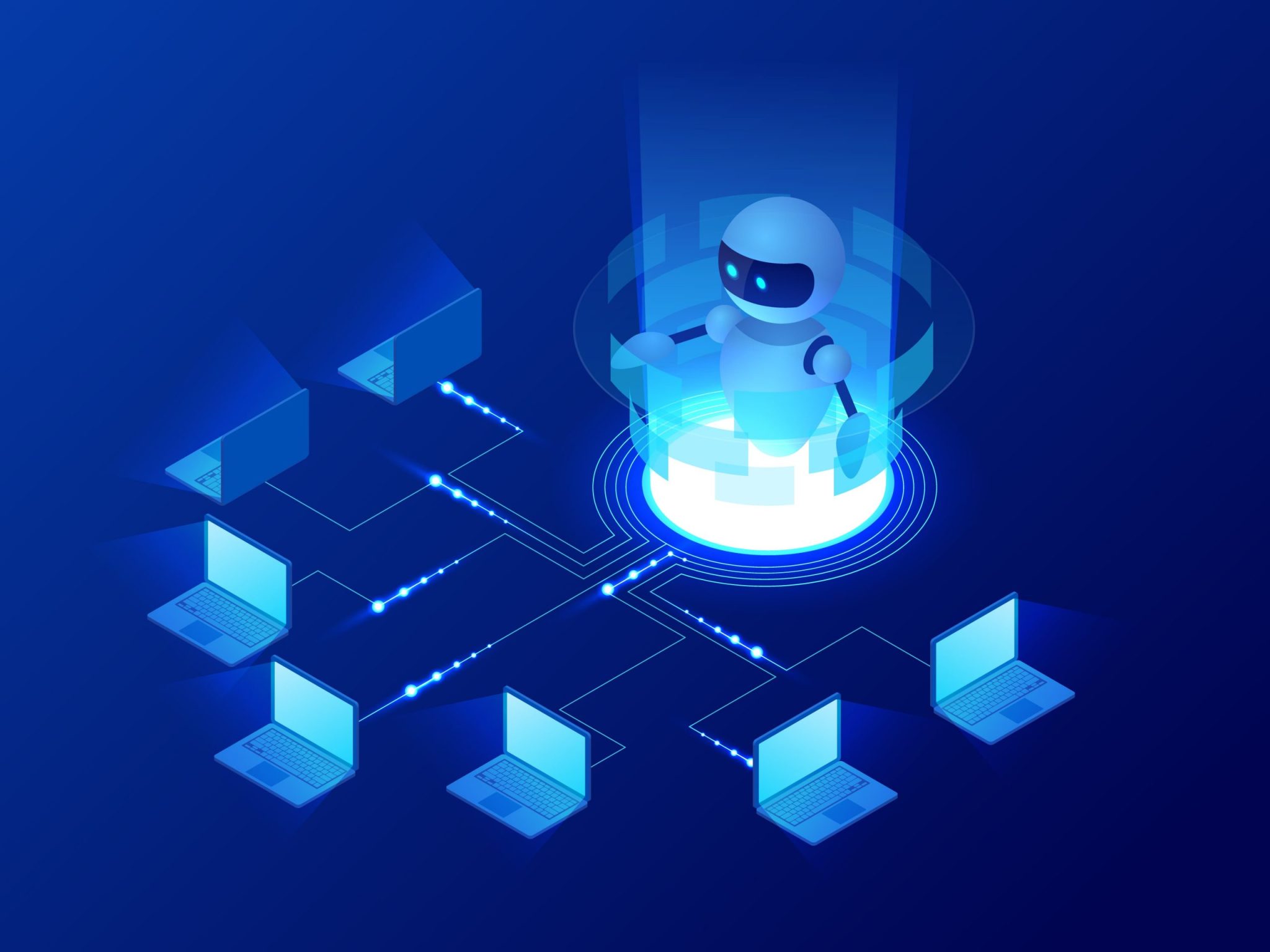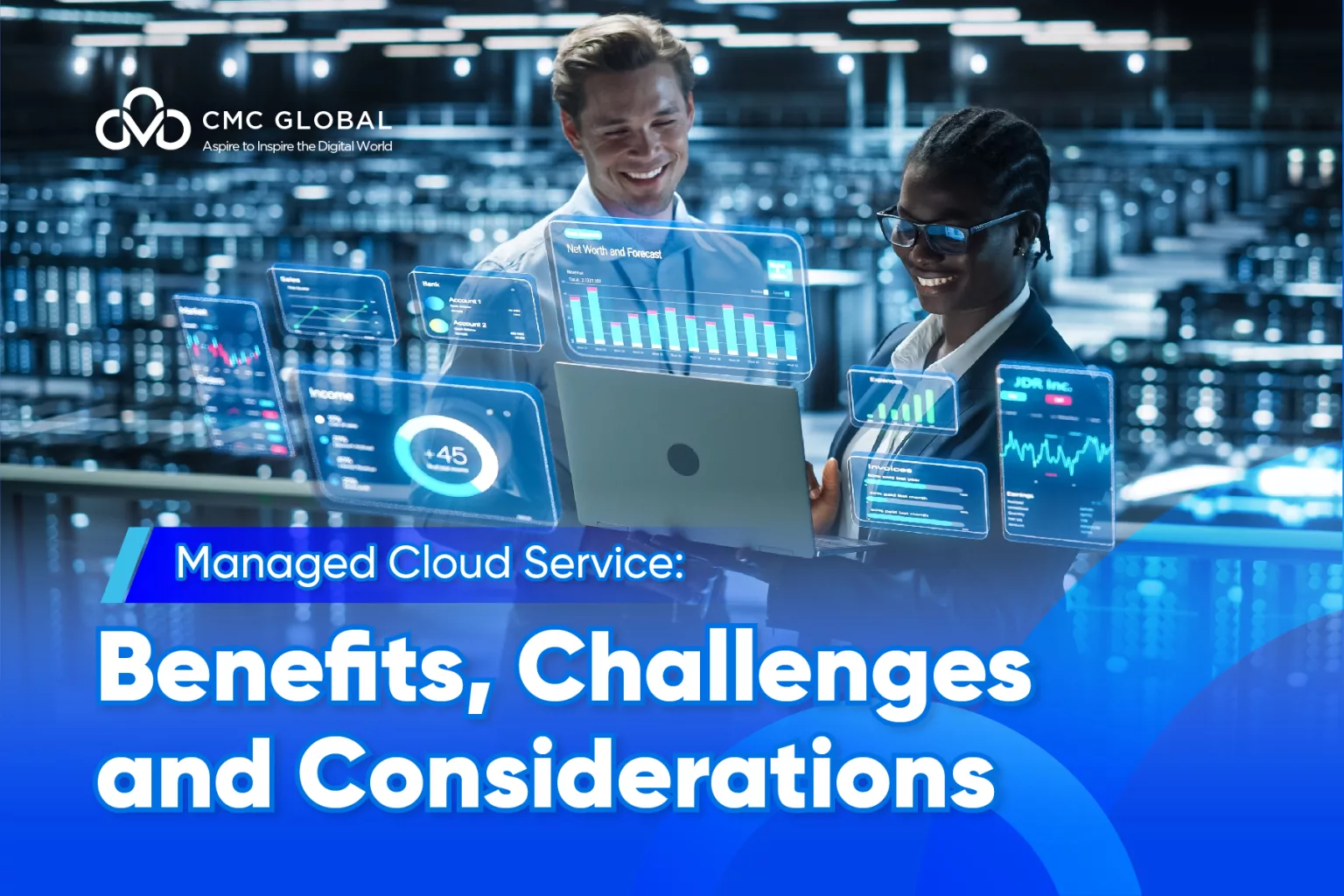As we step into 2024, a new chapter unfolds in the cloud computing saga, introducing cutting-edge trends that promise to redefine the way we harness the power of the cloud. Join us on a journey through the clouds as we explore the top cloud computing trends that are set to dominate the tech landscape in the coming year.
Top 8 Cloud Computing Trends To Watch in 2024
#1 Hybrid and Multi-Cloud

Pluralsight’s 2nd annual State of Cloud Report, which compiles responses from over 1,000 technologists and leaders across the US, Europe, Australia, and India, highlights the latest trends and challenges in cloud strategy and education.
In 2023, the adoption of multi-cloud strategies was on the rise, as over 65% of organizations are presently engaged in multi-cloud environments, and an additional 20% were actively seeking to incorporate another cloud platform into existing cloud infrastructure.
Embracing multi-cloud strategies offers cost-effective and flexible benefits, yet introduces challenges in information governance and integration with legacy structures.
The adoption of multi and hybrid cloud solutions, combining cloud with on-premises infrastructure, is expected to expand as organizations attempt to strike a balance between security and flexibility, allowing them to selectively use the services that best suit their needs.
Read more: Stagnate Or Innovate: A Deep Dive Into Asia Technology Outlook & Strategic Imperatives
#2 Cloud Security And Resilience

In 2024, the demand for encryption, authentication, and disaster recovery within cloud computing services is on the rise, driven by the constantly evolving threat landscape. The frequency and severity of data thefts and breaches are escalating, propelled by hackers employing advanced AI-powered attack methods.
Systems accessible to humans are particularly vulnerable to social engineering attacks. As a result, both cloud providers and their customers prioritize security and resilience as top priorities.
#3 Serverless and Pay-as-you-go Cloud

Serverless represents a cloud computing approach that removes the necessity for businesses to oversee their own servers. In contrast to a conventional cloud provider, who may bill the business based on the quantity of servers required for their infrastructure, the serverless model includes businesses paying solely for the resources they actively utilize.
This enhances efficiency by eliminating expenses associated with idle servers, allowing businesses to redirect their time and resources towards their primary activities.
#4 Edge Computing Everywhere
Edge computing is a cloud-related concept in which data processing occurs close to its collection area. For example, consider a real-time wearable heart monitor designed to detect arrhythmias. Since a significant portion of the collected data relates to “normal” heart rhythms, transmitting it all to the cloud for analysis and then relaying the results back to the user can be inefficient in terms of bandwidth usage.
Conducting the information analysis directly on the device itself not only reduces this bandwidth cost but also permits quicker consumer alerts in case of extraordinary information detection. In 2024, the increasing viability of facet computing for a broader variety of packages is facilitated via smaller, greater power-green processors, memory-efficient algorithms, and superior networks consisting of 5G.
#5 Privacy in the Cloud

Cloud privacy includes the continuous advancement of technological, regulatory, and legislative measures aimed at enabling companies to harness the benefits of cloud computing while guaranteeing that their customers believe in the complete protection of their data.
When a business opts for a cloud service, it typically includes entrusting information to a third party, often the cloud service provider. Effectively addressing the privacy concerns associated with this process will remain a significant focal point in the field of cloud computing throughout 2024.
#6 Simplified Cloud Computing

Currently, low-code/no-code tools are enabling individuals without technical backgrounds to develop applications that would traditionally demand the expertise of trained software engineers. Similarly, cloud providers are utilising user-friendly interfaces and natural language tools to remove the need for advanced technical skills, thereby ‘democratizing’ the deployment and control of cloud services and infrastructure.
#7 AI As-A-Service

Cloud infrastructure plays a great role in democratizing access to AI, unlocking anticipated economic and social advantages. Complex AI models, like the large language model (LLM) using ChatGPT, require substantial data and sizeable computing sources for training.
Many organizations lack the capacity for such endeavors, but by utilizing AI-as-a-carrier through cloud platforms, they can harness the potential of this impactful and transformative technology.
#8 Real-time Cloud Infrastructure

In 2024, organizations will increasingly aim to utilize real-time data for timely insights, moving away from acting on outdated information. Simultaneously, a growing portion of our consumed data will be in the form of streams—movies, music, video calls, and emerging entertainment like cloud gaming.
Consequently, there may be a growing demand amongst cloud customers for data storage solutions that prioritize quick access, such as Flash and storage devices.
Consider Digital Transformation?
As more companies start the next wave of digital transformation, navigating the landscape of implementing emerging technologies can pose a challenge. This is where the benefits of seeking guidance from experts through consulting services become evident.
Collaborating with experienced consultants allows businesses to fully realize the advantages of cutting-edge technologies, steering clear of common pitfalls and establishing a foundation for future success.
A cloud computing or generative AI roadmap consultant, such as CMC Global, plays a crucial role in evaluating readiness, offering technology recommendations, addressing potential risks, and ensuring a smooth implementation of generative AI. This, in turn, empowers businesses to unlock the complete potential of this transformative technology.
The CMC Global team is available to assist with:
- Assessing business needs and readiness
- Developing customized roadmaps
- Evaluating and recommending technologies
- Formulating data strategies and preparation
- Guiding team building and resources
- Assessing and mitigating risks
- Establishing governance and compliance standards
- Continuously evaluating and improving processes.
Contact us now for further consultation!




